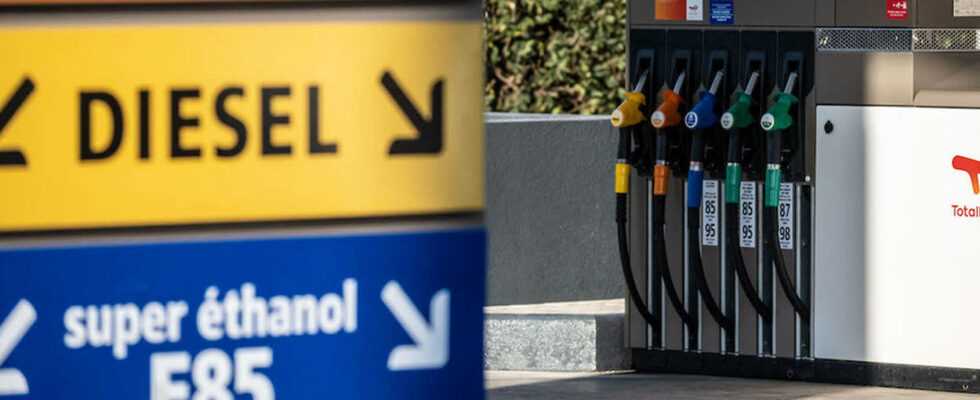Sstimulated by a price per liter of around 80 euro cents, compared to some 2 euros for the SP98, conversions of vehicles to bioethanol (E85) were multiplied by seven in France in the first quarter of 2022, according to published registrations Tuesday by L’Argus and the firm NGC-Data.
But the volumes are still quite low, with 9,220 private vehicles adapted to ethanol out of more than 1.3 million cars traded on the second-hand market during the same period. The conversions of gasoline vehicles, carried out using a box for a price of 800 to 1,200 euros, took off in parallel with the prices of gasoline brought to the zenith.
These transformations mainly concern older vehicles, underlines NGC-Data, in particular among the leading brands of the French market such as Renault, Peugeot, Citroën and Dacia. However, ten Porsche sports cars have also been converted, a first according to NGC. Transformations concerning vehicles of American origin, equipped with V8, can also be interesting.
In all cases, a vehicle converted to this biofuel receives a new gray card establishing this change of status. It allows him to apply for a Crit’Air 2 sticker which authorizes him, like the vehicles already holders by construction, to drive in the urban areas with low emissions (ZFE) which are multiplying in France. A redemption of virginity that can avoid sending an old car to the scrapyard.
For new OE vehicles, 6,846 bioethanol-powered Ford, Jaguar and Land Rover cars were registered between January and April, representing 1.4% of the market, according to the automotive platform.
More or less alcohol
Sales of bioethanol, an automobile fuel in which pure alcohol largely replaces gasoline, rose sharply in France in 2021. Very widespread in Brazil, this fuel sees its environmental advantages regularly disputed. However, support for the agricultural sector obliges, the more classic E10 gasoline already contains bioethanol at the rate, as its name suggests, from 6 to 10% depending on the season, because, less flammable, the quantity is reduced. winter.
Similarly, ethanol, which no longer ignites below 13°, is only distributed in the form of E85 during the hot months. The rest of the year, the proportion of gasoline can go up to 35% in winter to preserve its detonating power. But fortunately for converts to E85, prices at the pump do not reflect this yoyo effect.
Made from wheat, corn or sugar beets, bioethanol emits less CO2 per liter than traditional fuels, but a vehicle converted to bioethanol consumes on average 15 to 25% more fuel than a petrol car.
Over the entire cycle, the biofuels used in Europe would have a lower carbon footprint of only 2% than that of gasoline, estimated the International Council on Clean Transportation (ICCT) in a large comparative study published in 2021. France, a leading country in Europe in supporting this biofuel, does not follow.
